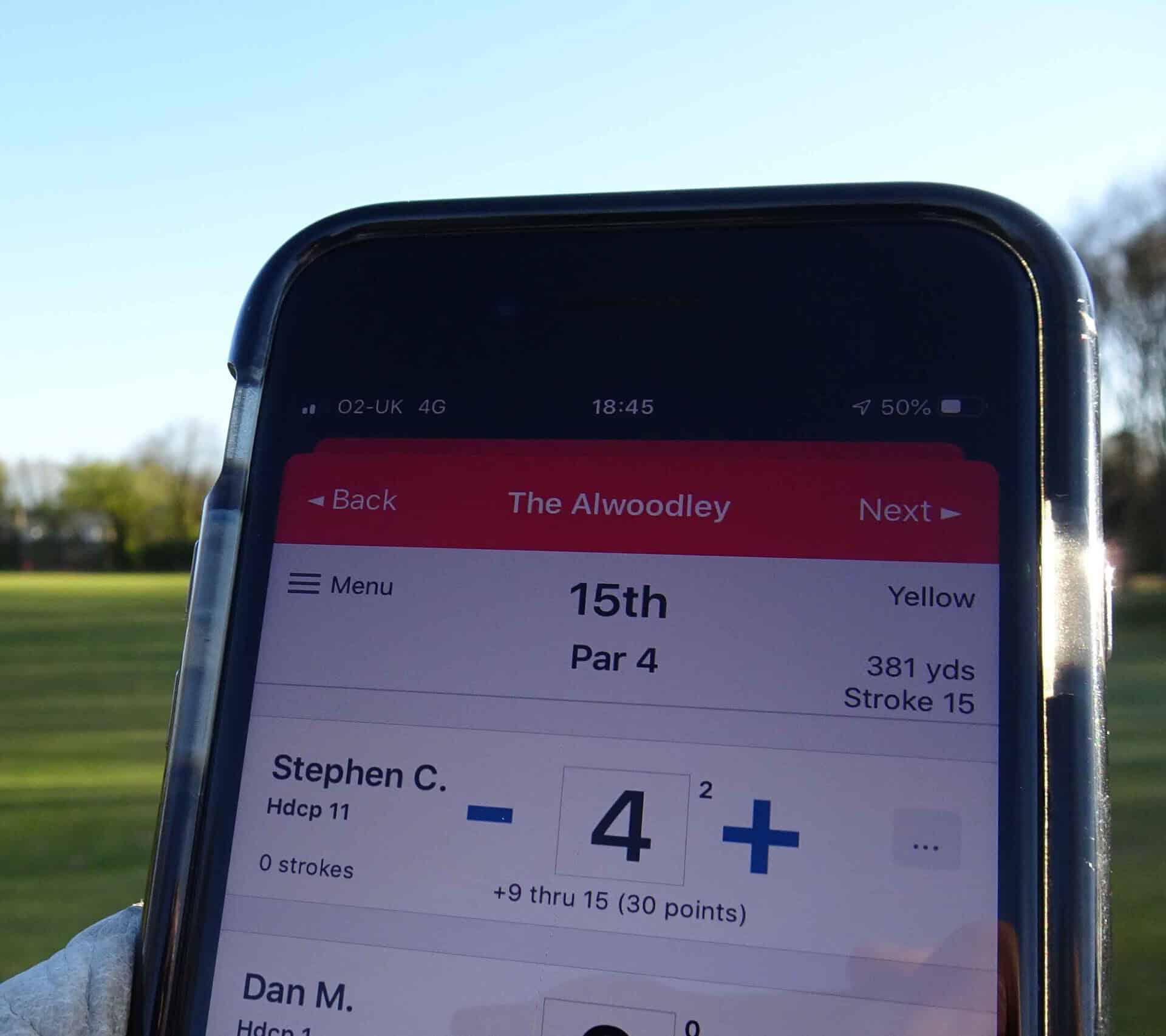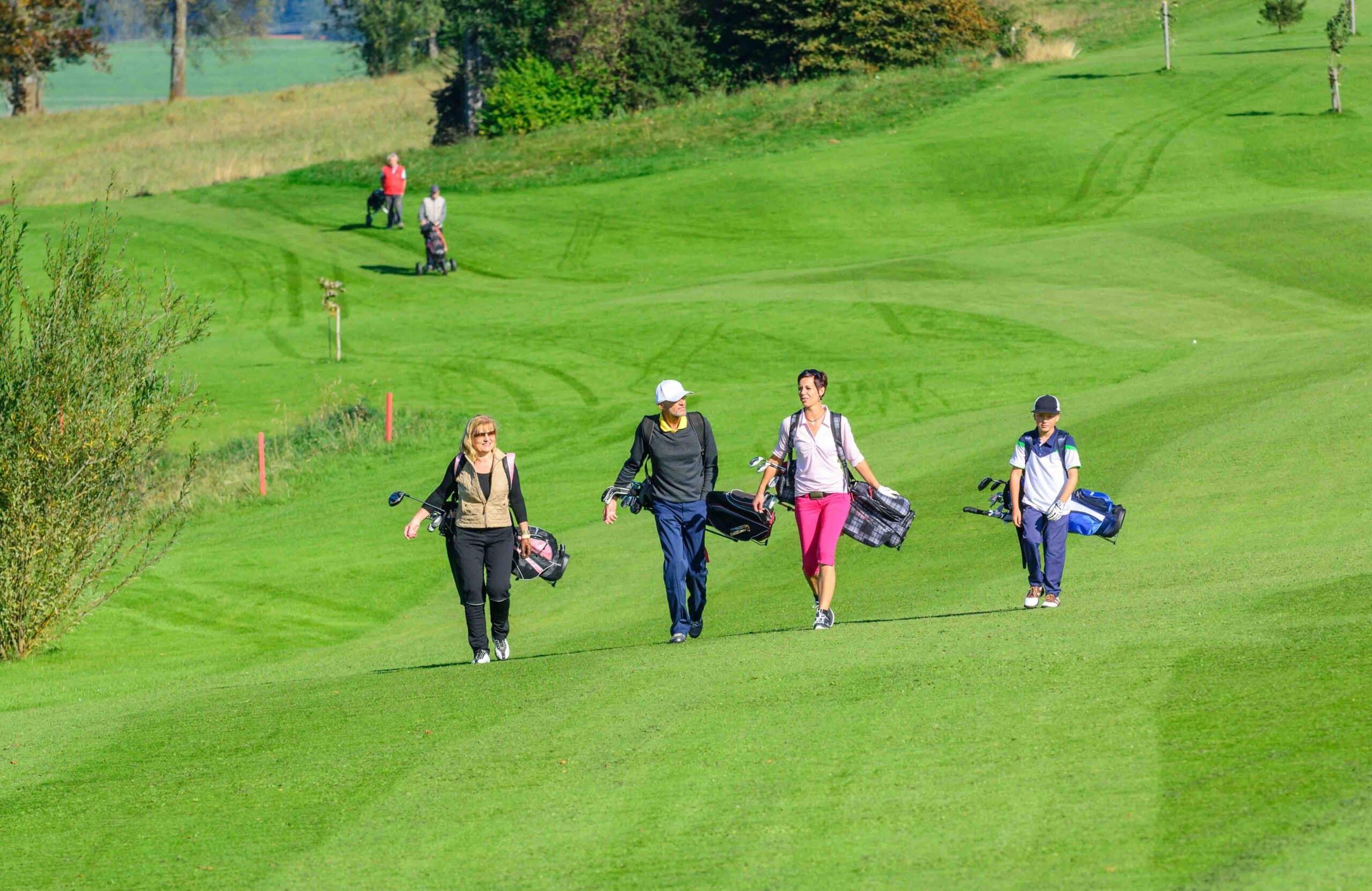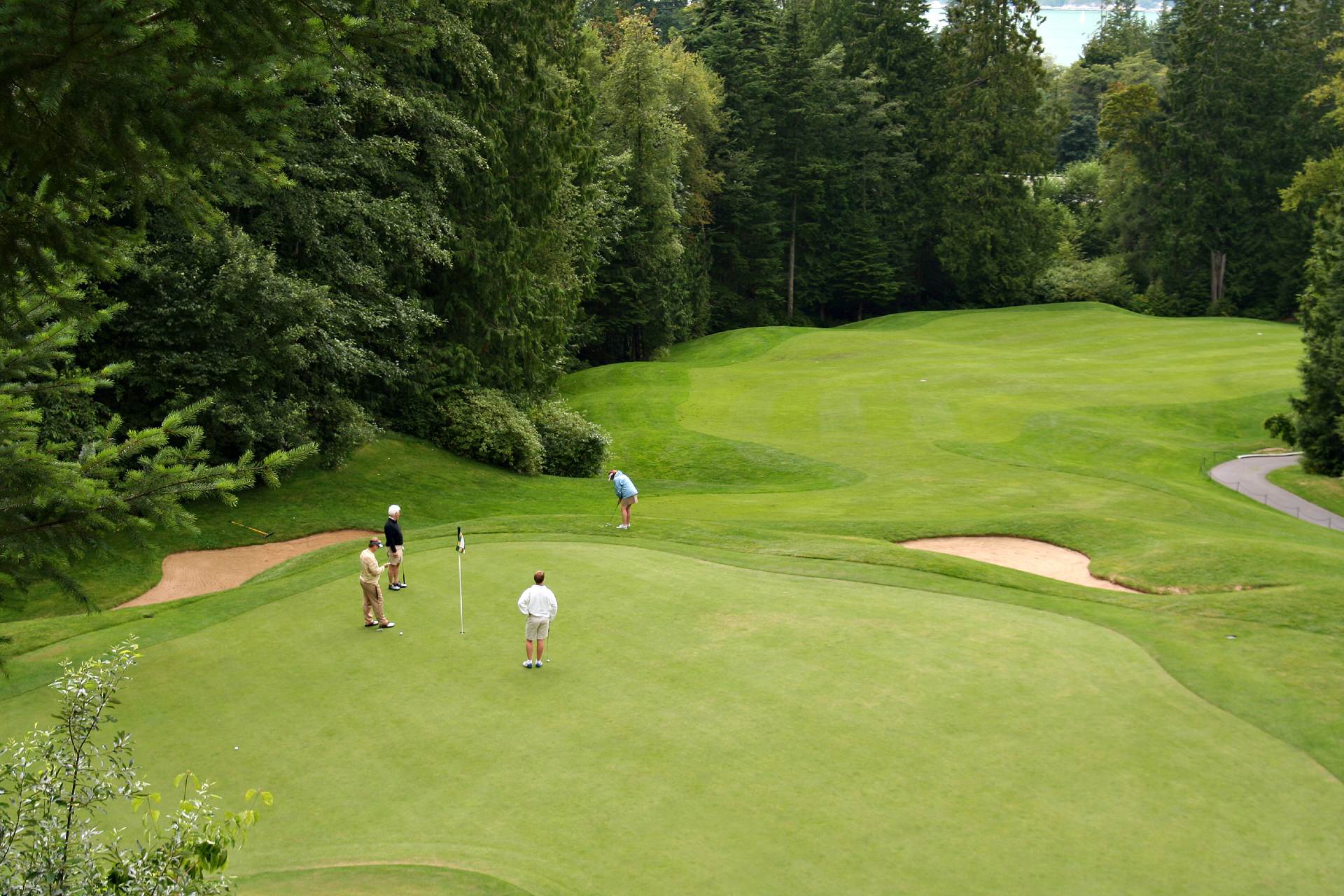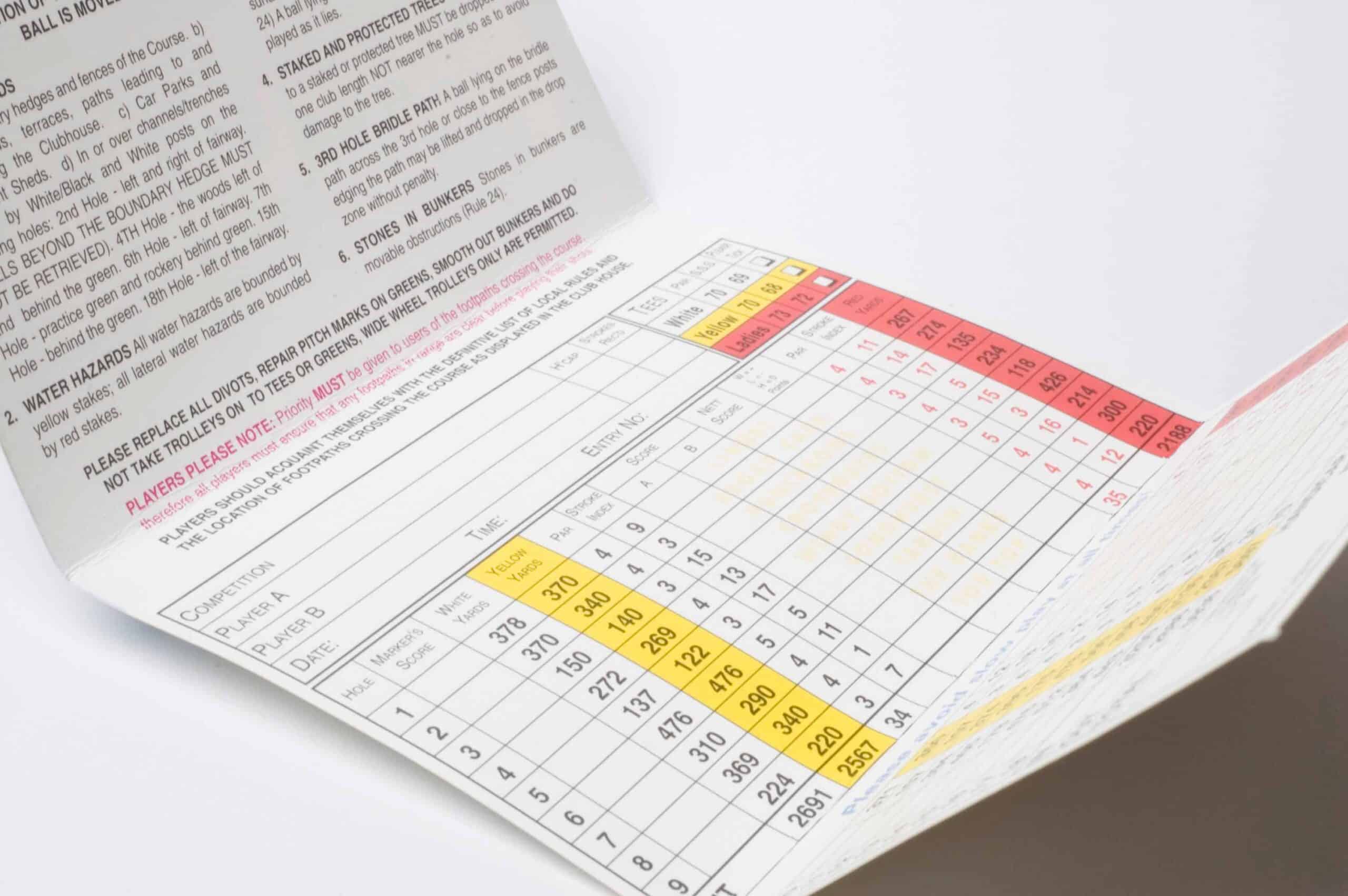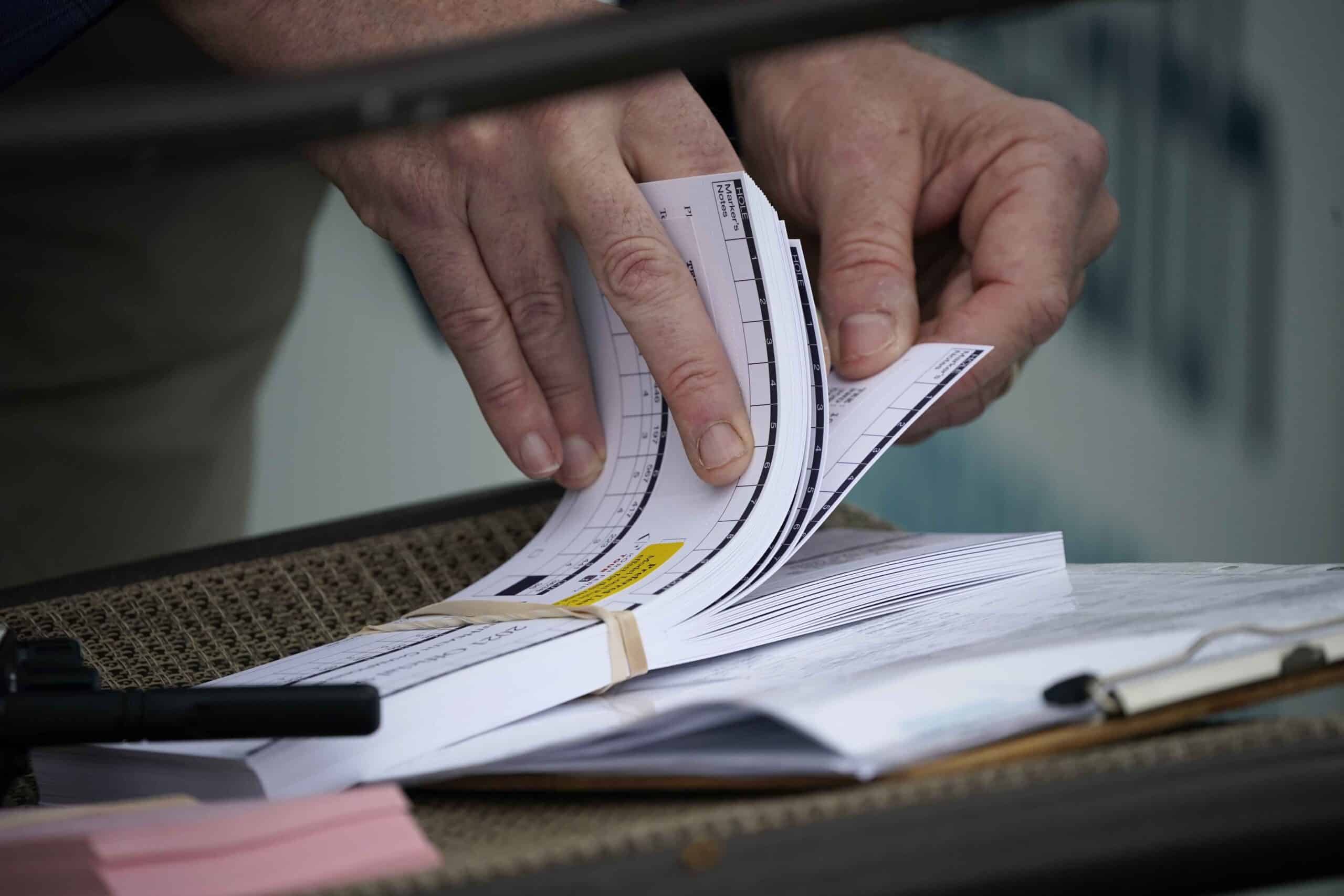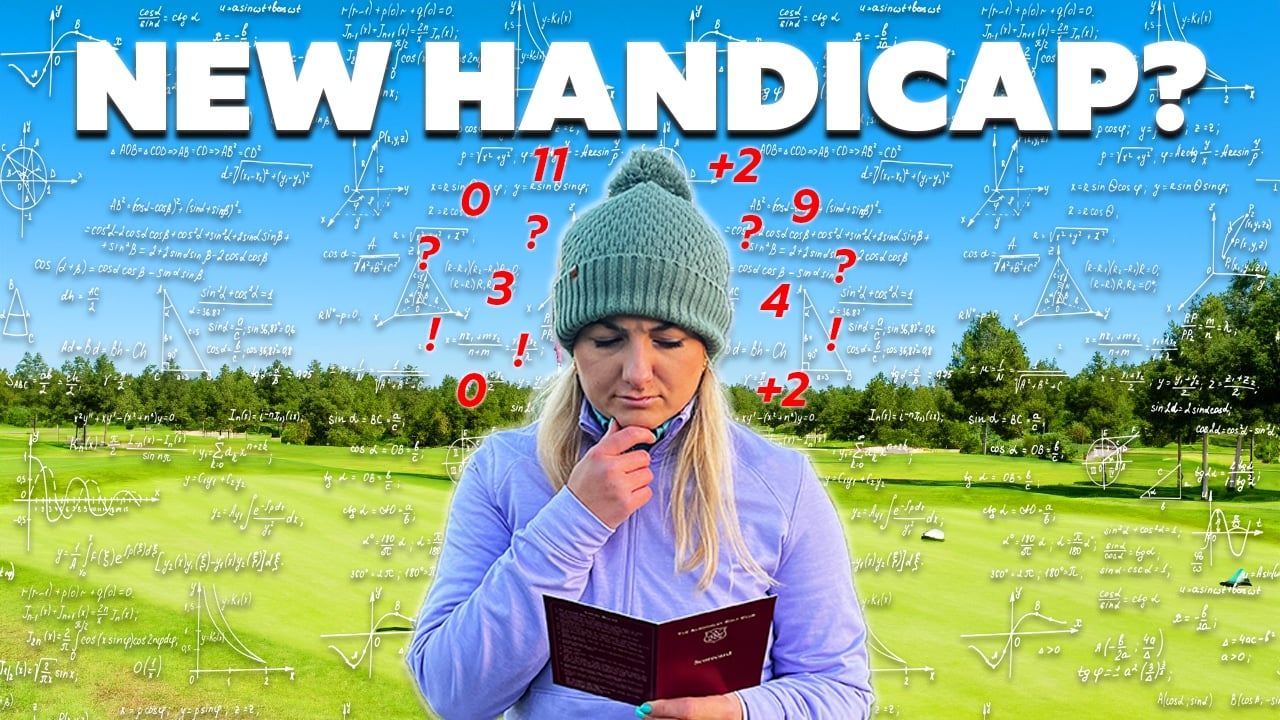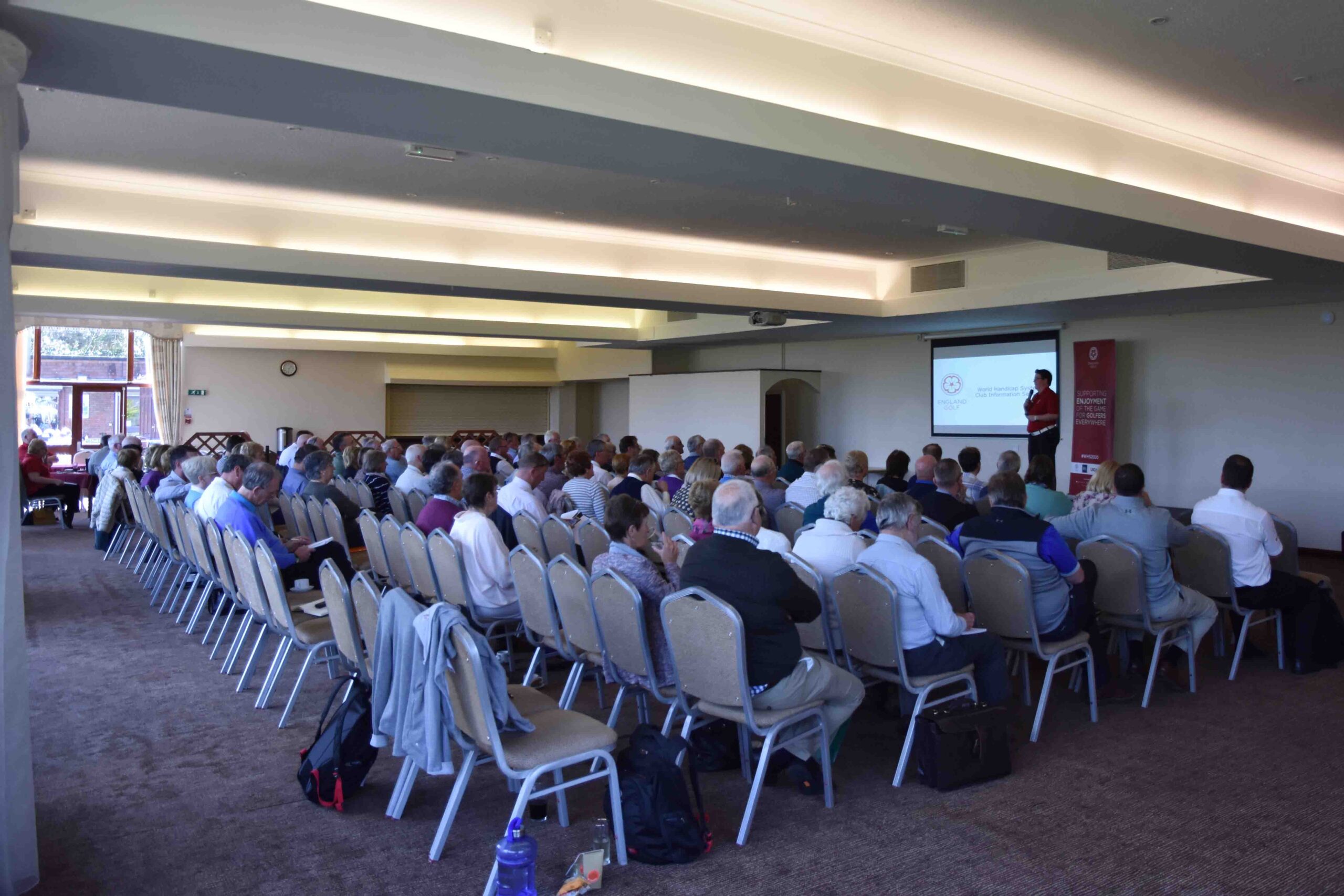
World Handicap System: More key questions answered
It usually happens about an hour in. At every meeting there’s a tipping point – a moment when faces start to droop and concentration begins to wander.
Not here. There are more than 100 officials and handicap secretaries from clubs across the West Midlands and they are hanging onto every word spoken by Gemma Hunter, England Golf’s handicap and course rating manager.
She is leading them through the finer points of the new World Handicap System – or what the organisation can reveal at this point anyway ahead of its 2020 introduction – and she’s got an engaged audience in front of her.
They’ve come with plenty of questions too, asking about anything from the printing of new scorecards to what to do with junior handicaps.
The new handicap arrangements are going to be a big change and we already know some of the answers even though the system is far from finalised.
And there were plenty of nuggets that came out of the near 150-minute meeting to keep everyone interested until we start to find out some of the specifics in the autumn.
So we’ve picked out some of the more interesting, with Gemma’s answers, to give you a flavour of the meeting and the thinking as we move towards #WHS2020…
What if my course hasn’t been rated by the time the WHS is implemented?
We are working to get every course re-rated under the USGA system by 2020 but that isn’t going to be possible. We are not going to get to all 1,800 golf clubs in the next two years. We know that.
We are working with the USGA and the R&A to come up with a provisional, or temporary, rating we can give those clubs that we aren’t able to get to. We will get to you by 2023, which was our deadline of 10 years, which we set out to do in 2013.
If the average golfer plays six qualifiers a year, won’t it take them more than three years to get to 20 rounds?
That’s the average golfer based on qualifying scores. What we are saying is that there will be more scores available, and more opportunity for players to return scores.
Will there be a time limit (on how far back you would go to hit 20 rounds)?
The aim at the moment is that there isn’t going to be one but the idea, eventually, is that we will try and get it to a two-year cycle. That’s not going to happen straight away and we are going to work our way into that.
What if you haven’t got 20 scores in your record? What if you are a new player, putting three cards in, and getting a handicap for the first time?
The initial handicap will be the best score minus two. When a player has got, for example, nine scores it then becomes the average of the best three scores.
It’s like a sliding scale. When a player has got 15 scores, it will be the average of the best five scores out of those 15 and it will continue to develop that handicap until we have all 20 scores in a record. That’s what we call a fully developed record.
So this is where we can think now and say ‘have we got anybody who hasn’t got 20 scores in their record? Can we encourage them now to start putting in more scores?’
It’s one of the reasons CONGU relaxed the supplementary score rule, because we want to encourage people that might not want to play competition golf to put in more scores.
The more people we can get with a fully developed record, by midway through next year when we start looking at converting handicaps to a World Handicap System handicap, the more accurate that handicap is going to be.
How far back in time would you be prepared to go for a player to reach 20 cards?
We will go back as far as we have got data for. The Central Database of Handicaps (CDH) has only got data going back five or six years. If we need to go back any further you start questioning how relevant that data is.
How are you going to do that conversion?
We’ve not got that far yet because there are a lot of things we have got to consider, such as slope rating and course ratings, so that we can unpick the current CONGU scores.
We are leaving that to the stattos, who are very good at things like that, who work for the R&A and USGA, to come back to us and say what we are going to need to do for players who are already in the system that need converting to a new handicap.
What would you do about a player who persistently NRs in a competition under the World Handicap System?
Within the system, there is a procedure for dealing with no return. There’s a scheme regarding what happens when someone no returns, at what point they did, and then you follow the path.
Anybody that has that one bad hole should continue to play because that’s what the Stableford adjustment is there for.
Will the new system only apply to qualifying competitions or every card you play?
The idea is we are trying to give people more opportunity to record a score for handicap purposes. There are competitions, and social and recreational golf, and they are two different things and why shouldn’t they both be acceptable for you handicap?
Turn the page to find out what scores will count for a daily course conditions adjustment, how handicap allowances for events might change and when we can expect to see our new handicaps…
What scores will count towards the daily course conditions adjustment?
It will include all scores played at a golf course on any given day. It is not a competition calculation; it’s a calculation for all scores that are returned on that day.
The biggest benefit, and primarily for ladies, is that they have a lot of small fields and they don’t have enough scores to accurately calculate a CSS – whereas combining the two, and all players on the day, will make that a lot better.
You will still close a competition, because it is separate to handicap changes. They will be calculated at a set time, probably something past midnight, and not at the close of a competition.
Only players with a fully developed record will be included in that. A new golfer, for example, that hasn’t yet built 20 scores will not be included in that course conditions adjustment.
Will I be able to submit a score for handicap purposes at a club of which I am not a member?
Under the World Handicap System, it won’t have to be at a club where you are member. A few people could decide to pay a green fee at Kings Norton and go out and play. They will have the opportunity to put a card in and return that score for handicap purposes.
(As for recording that) this is where technology comes in. We are looking for a technology solution where you would register online to say you are going to play and, on your return, you would post the score at the venue you were playing at.
What is a course handicap?
This is where the slope system is built into the handicap system. A course handicap will be calculated for any given set of tees that you play on.
You could have the same handicap index (formerly exact handicap) but a different course handicap for the yellow, white or red tees. You would have a different course handicap depending on the course you play.
That is calculated by using the slope rating of the course, and tees being played, divided by 113. You times that by the handicap index and that gives you your course handicap.
Why 113?
It’s what the Americans refer to as ‘Perfect Valley’. It’s the perfect course, where there is complete unity between a scratch and bogey golfer. It’s the straight line in the sand they measure all handicaps from.
A golf course rated at 113 is the level. If you are likely to play a course higher than 113, your course handicap is likely to be higher than your handicap index.
Will handicap allowances stay as they are for various events, or could they change?
There is going to be new guidance on what the handicap allowances are for different formats of play. It may be that there is a change in the way that we play medals – and that we now have a handicap allowance for a medal competition, which might not be 100 per cent.
But they are still in discussion in terms of what those levels are going to be so, at this stage, I don’t want to brandish any numbers and say ‘this is what the handicap allowance is going to be’.
Be aware, though, that playing an 18-hole medal competition, you are likely to have some form of handicap allowance based against your course handicap.
How will our World Handicap System handicap be calculated and when can we expect to see it?
Players will see a change in their handicap. We haven’t yet got to the point where we can work out how that change will affect each individual player but what we are going to do is use people’s existing handicap records to get those 20 scores to be able to calculate their handicap.
We are not starting afresh from ‘go-date’. I’m not putting the go-date from January 1, 2020 – because I quite like a drink on New Year’s Eve and I don’t want to be at work the following morning!
We’re not going to go on January 1. It will be on an appropriate day after and we will use people’s existing records to formulate their new World Handicap System handicap.
Need more information on the World Handicap System?
Visit our dedicated WHS page where you will find everything you need to know and details of how to contact us if you have any more questions.
Follow NCG on Twitter, Facebook and Instagram – and don’t forget to subscribe to our YouTube channel for free online golf instruction, the latest equipment reviews, and much, much more.
Steve Carroll

A journalist for 25 years, Steve has been immersed in club golf for almost as long. A former club captain, he has passed the Level 3 Rules of Golf exam with distinction having attended the R&A's prestigious Tournament Administrators and Referees Seminar.
Steve has officiated at a host of high-profile tournaments, including Open Regional Qualifying, PGA Fourball Championship, English Men's Senior Amateur, and the North of England Amateur Championship. In 2023, he made his international debut as part of the team that refereed England vs Switzerland U16 girls.
A part of NCG's Top 100s panel, Steve has a particular love of links golf and is frantically trying to restore his single-figure handicap. He currently floats at around 11.
Steve plays at Close House, in Newcastle, and York GC, where he is a member of the club's matches and competitions committee and referees the annual 36-hole scratch York Rose Bowl.
Having studied history at Newcastle University, he became a journalist having passed his NTCJ exams at Darlington College of Technology.
What's in Steve's bag: TaylorMade Stealth 2 driver, 3-wood, and hybrids; TaylorMade Stealth 2 irons; TaylorMade Hi-Toe, Ping ChipR, Sik Putter.



